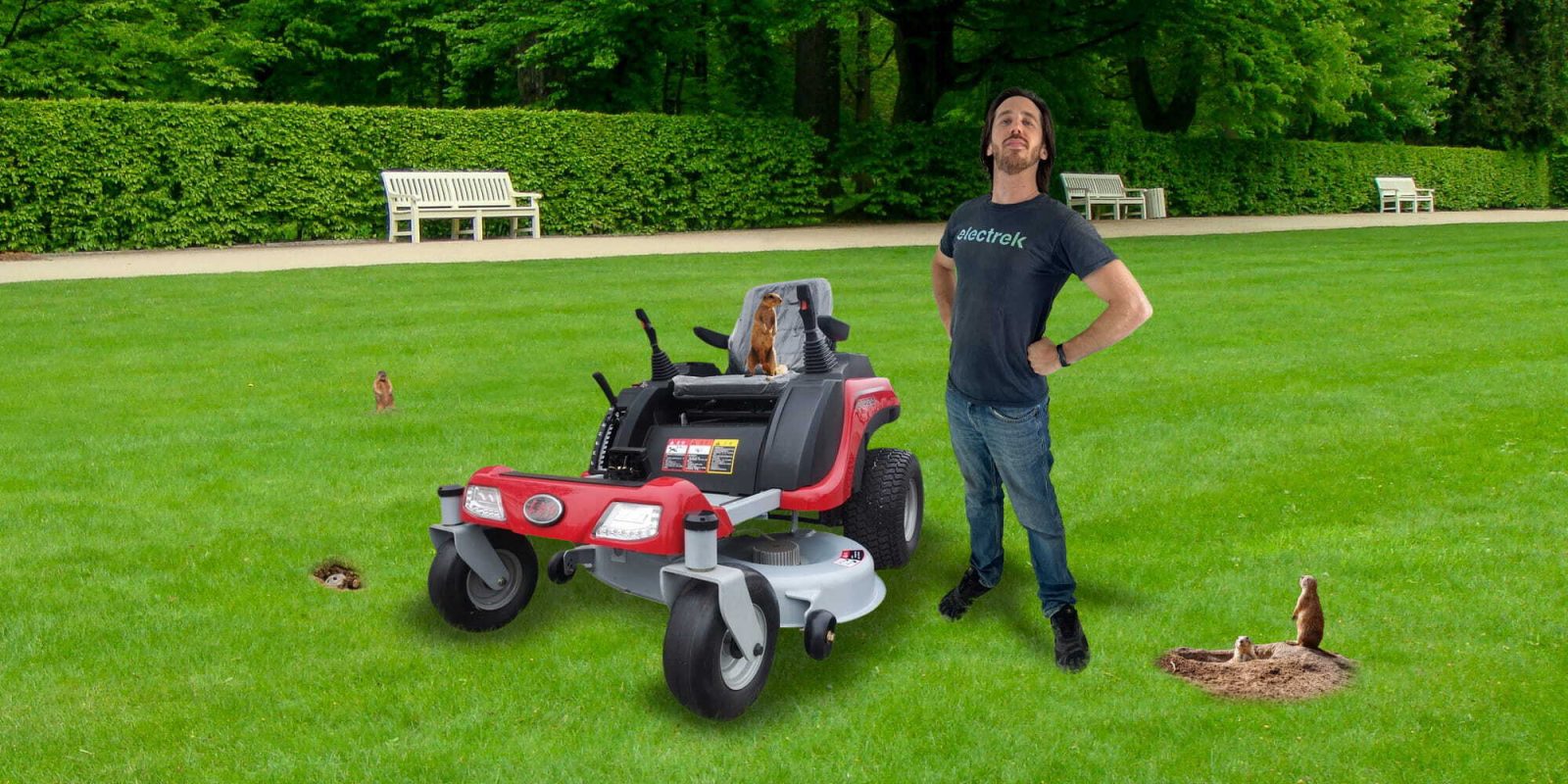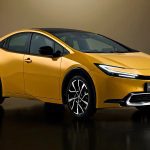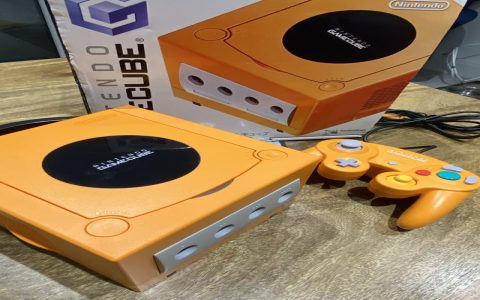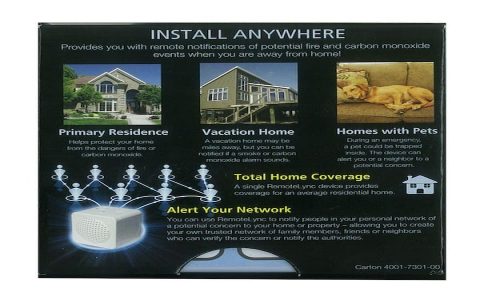Electric riding lawn mowers offer eco-friendly operation and reduced noise, but pricing varies significantly based on key features. Understanding cost brackets helps identify genuine affordability without compromising essential performance.
Price Tiers & Key Specifications
- Entry-Level (≤$2,500): Typically 30-42" cutting widths, lead-acid batteries (less runtime), manual transmission, and basic seating. Suitable for flat, ½-1 acre lots.
- Mid-Range ($2,500-$4,500): 42-48" decks, lithium-ion batteries (2-3 hour runtime), enhanced suspension, and weather-resistant components. Ideal for 1-2 acres with moderate slopes.
- Premium ($4,500-$8,500): Commercial-grade 54"+ decks, extended lithium batteries (4+ hours), precision steering, and integrated mulching/collection systems. Built for 3+ acres or challenging terrain.
Cost-Influencing Factors
Battery type dominates pricing—lithium-ion adds $800-$1,500 over lead-acid but offers longer lifespan. Cutting deck size correlates strongly: each 6" width increase raises cost by $400-$900. Additional premiums apply for features like cruise control ($200-$400) or weatherproofing.
Total Ownership Expenses
- Battery replacement: Plan for $600-$1,200 every 5-8 years (lithium) or 3-5 years (lead-acid)
- Annual maintenance: $120-$300 for blade sharpening, tire checks, and controller diagnostics
- Storage: Insulated covers ($50-$150) prevent battery degradation in extreme climates
Maximizing Affordability
Prioritize lithium batteries despite higher upfront costs—replacement savings offset initial investment. Seek models with brushless motors (30%+ efficiency gain) and steel decks over aluminum for durability. Off-season purchases (October-January) typically yield 15%-20% discounts.

Notably, mid-range electric riders now match gas equivalents in pricing, with lifetime electricity costs averaging $200 vs. $1,500 for gas/fuel.











